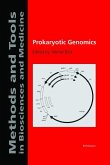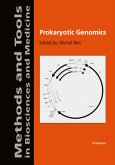Starting with the discovery of penicillin, other antibiotics, and insulin, the quest for understanding and use of biological systems, i. e. , microorganisms and ani mal tissue, for the production of value products has lead to a dramatic increase in microbiological and bioengineering research in the last decades. Chemical and pharmaceutical companies quickly realized the huge commercial potential of these bioproducts and have spent millions of US dollars on R &D as well as on a build up of production facilities. Although there was limited knowledge about the cell's molecular mechanisms, which are the basis for the formation of the desired products, products from fermentation and extraction of biological matrices were a success right from the start. R&D projects within industry and academia on the continuous improvement of production processes, especially microbial productivity and down stream processing, allowed a fast return of investment and secured competitiveness in the market. Whereas the focus of such research projects was mainly on the discovery of strains with higher pro ductivity for the product of interest, e. g. , antibiotics, a lot of expertise and knowledge was generated allowing the use of biotechnological products and processes outside the pharmaceutical arena. The tremendous increase in knowl edge and the technological developments in microbial genetics where driven by these research projects and, accompanied with the advancements in nucleotide chemistry leading to a much better understanding of intracellular processes, served as a basis for modern molecular biology and recombinant biotech nology.
Hinweis: Dieser Artikel kann nur an eine deutsche Lieferadresse ausgeliefert werden.
Hinweis: Dieser Artikel kann nur an eine deutsche Lieferadresse ausgeliefert werden.








